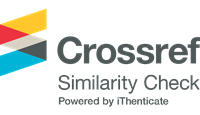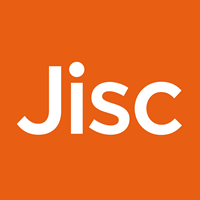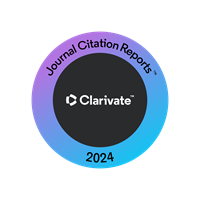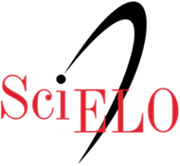<b>The effects of the coexistence of weed communities on table beet yield during early crop development</b> - doi: 10.4025/actasciagron.v32i4.4649
Keywords:
Beta vulgaris, weeds, interference, direct seeding, seedling transplanting
Abstract
The objective was to evaluate the effects of initial weedy periods on the weed community and on the productivity of direct seeded and transplanted table beet cropping systems. A field trial was conducted at São Paulo State University, Brazil, in a randomized complete block design using a 2 x 13 factorial scheme. Direct seeding and seedling transplanting methods were evaluated within thirteen increasing weekly weedy periods. Weed relative importance was calculated and weed density and weed dry matter accumulation data were analyzed by nonlinear regression as well as beet yield and stand, which were submitted to analysis of variance. Amaranthus viridis, Coronopus didymus, Cyperus rotundus, Digitaria nuda, Galinsoga parviflora and Nicandra physaloides were the most important weeds found, with special reference to C. didymus. Weed dry matter accumulation was greater in the direct seeded crop, although weed density was higher in the transplanted crop. Transplanted beet yield was greater than of direct seeded beet in the weed-free treatment during the whole crop cycle. Crop-weed coexistence could remain for four and seven weeks after seeding/transplanting in direct seeded and in transplanted beet, respectively, before reducing yield economically. Thus, direct seeded crop was more susceptible to weed interference than the transplanted one.Downloads
Download data is not yet available.
Published
2010-11-29
How to Cite
Carvalho, L. B., Guzzo, C. D., Pitelli, R. A., Cecílio Filho, A. B., & Bianco, S. (2010). <b>The effects of the coexistence of weed communities on table beet yield during early crop development</b> - doi: 10.4025/actasciagron.v32i4.4649. Acta Scientiarum. Agronomy, 32(4), 709-714. https://doi.org/10.4025/actasciagron.v32i4.4649
Issue
Section
Crop Production
DECLARATION OF ORIGINALITY AND COPYRIGHTS
I Declare that current article is original and has not been submitted for publication, in part or in whole, to any other national or international journal.
The copyrights belong exclusively to the authors. Published content is licensed under Creative Commons Attribution 4.0 (CC BY 4.0) guidelines, which allows sharing (copy and distribution of the material in any medium or format) and adaptation (remix, transform, and build upon the material) for any purpose, even commercially, under the terms of attribution.
2.0
2019CiteScore
60th percentile
Powered by 

2.0
2019CiteScore
60th percentile
Powered by 



















































